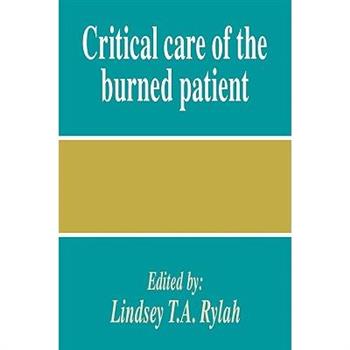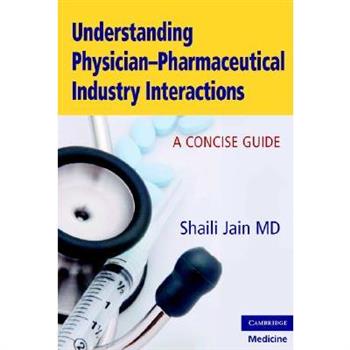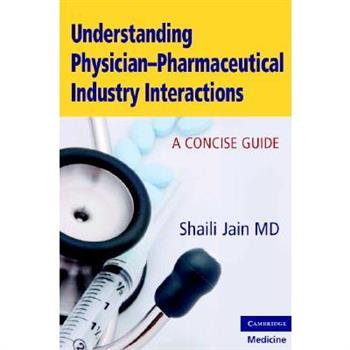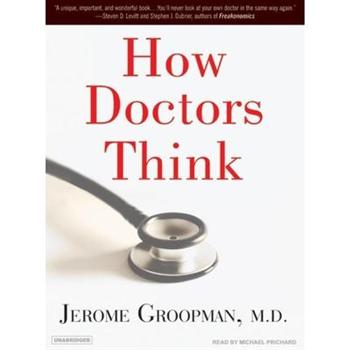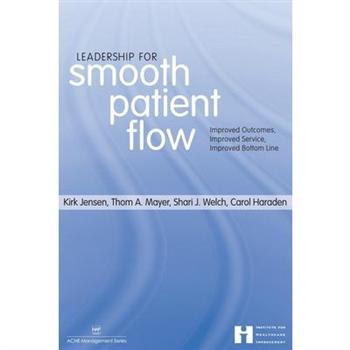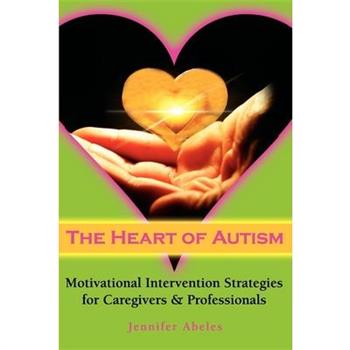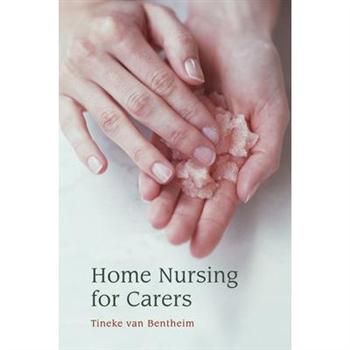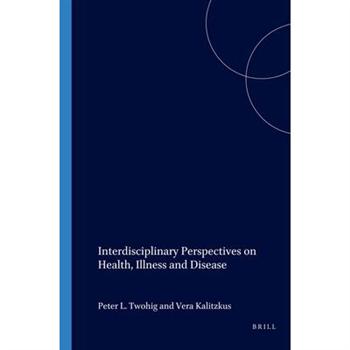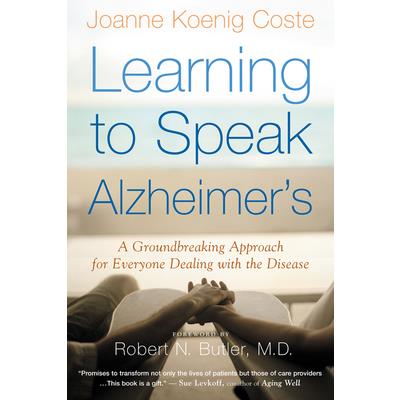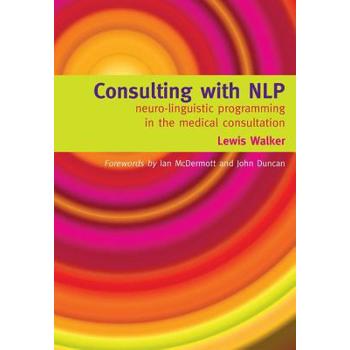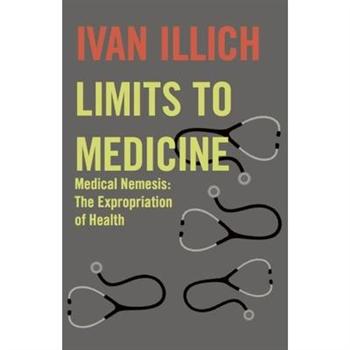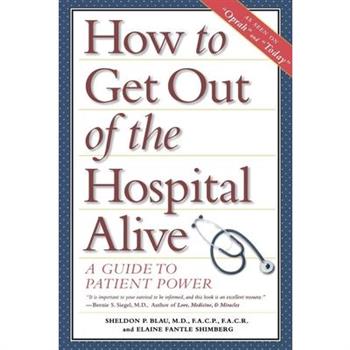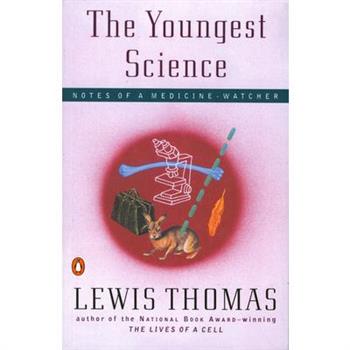Critical Care of the Burned Patient
This interdisciplinary account provides an integrated and practical guide to the management and treatment of burns. Experts from all the major disciplines involved in critical care focus their attention on specific problems and areas of treatment involved in the care of burned patients. Although it is essentially a practical guide to the management of thermal injury, with explicit recommendations for courses of treatment, it also provides explanatory background information on the manifestations and clinical consequences of this common source of injury. Among them, the contributors encompass all the major facets of critical care of the burned patient: from initial assessment and monitoring, resuscitation, nutritional aspects, infection, anesthesia and surgical management, right through to postoperative care and prognosis. The volume will be useful to specialists in critical care, intensive and emergency medicine, surgery and anesthesia, and to all staff associated with intensive care and burns units.
Understanding Physician-Pharmaceutical Industry Interactions
This concise guide will help health professionals understand their relationship with the pharmaceutical industry.
Understanding Physician-Pharmaceutical Industry Interactions
Physician-pharmaceutical industry interactions continue to generate heated debate in academic and public domains, both in the United States and abroad. Despite this, recent research suggests that physicians and physicians-in-training remain ignorant of the core issues and are ill-prepared to understand pharmaceutical industry promotion. There is a vast medical literature on this topic, but no single, concise resource. This book aims to fill that gap by providing a resource that explains the essential elements of this subject. The text makes the reader more aware of the key ethical issues and allows the reader to be a more savvy interpreter of industry promotion, have a heightened awareness of the public and medical legal consequences of some physician-pharmaceutical industry interactions, and be better equipped to handle real-life encounters with industry.
Medical Receptionists and Secretaries Handbook
This best-selling classic has now been fully revised, expanded and updated. It has established itself over ten years and with three previous editions as the essential handbook for study and daily reference. Medical Receptionists and Secretaries Handbook, Fourth Edition contains vital information for all staff enabling them to work efficiently and effectively both within the NHS and private medical sectors. It encourages an understanding of the importance of administrative staff in providing high standards of patient care and promotes teamwork throughout the whole healthcare environment. No medical receptionist, secretary or healthcare administrator should be without it!
Leadership for Smooth Patient Flow
The payoff for improving patient flow goes far beyond shorter wait times. When patients flow smoothly through the care process, nurses and physicians have the time they need to provide safe and compassionate care. Treatment is provided in the optimal setting, which reduces risk and improves outcomes. Patients feel satisfied and recommend your services to others, and your bottom line improves as more patients are treated. This book provides the inspiration, information, and ideas you need to lead patient flow improvement efforts at your organization. You will learn from the successes and failures of the authors--healthcare leaders who have played pivotal roles in patient flow improvement projects. The book begins by explaining the fundamentals of patient flow and providing a solid business case for pursuing improvement efforts. It uses real-life examples to explain common patient flow theories and improvement methods. The heart of the book focuses on the practical information and leadership techniques you can use to foster change and remove the barriers to smooth patient flow. You will learn how to: Break down departmental silos and build a multidisciplinary patient flow team Use metrics and benchmarking data to evaluate your organization and set goals Create and implement a reward system to initiate and sustain good patient flow behaviors Improve patient flow through the emergency department--the main point of entry into your organization The book also explores what healthcare institutions can learn from other service organizations including Disney, Ritz-Carlton, and Starbucks. It discusses how to adapt their successful demand management and customer service techniques to the healthcare environment.
The Heart of Autism
At long last, the Autism Angel spreads her wings-with words. This powerful, comprehensive guide to autism intervention and education will empower you with the skills and motivation to foster success in young people with autism. Each page is packed with an uplifting blend of practical strategies, experience-based wisdom, and heart-fueling inspiration that will help caregivers and professionals apply the techniques and attitudes that have made author Jennifer Abeles one of the most respected professionals in the autism community today. Her unique, effective, child-centered approach to autism has already improved the lives of countless individuals living with autism. Your child or student is next! Let the Autism Angel be your guide and let this book be the fuel on your quest for The Heart of Autism.
Towards Best Practices for Surveying People With Disabilities
Caregiving
One of America's leading hospice experts offers practical, easy-to-follow advice for caregivers and a holistic approach to treating the infirm or the terminally ill.Author Douglas C. Smith organizes his material around "A Bill of Patient's Rights," a unique system he has taught to thousands throughout the country. He explains that the caregiver should enable patients to retain these rights: to be in controlto have a sense of purposeto know the truth to be comfortableto touch and be touchedto laugh to cry and express angerto explore the spiritual to have a sense of familyIncluded are easy-to-follow techniques and practical tools for improving care: assessment techniquesdialoguesmeditationslife reviewsbreathing exercisesbody revitalization methodsways that patients can evaluate and improve their own careand many othersFilled with inspirational stories and effective guidance, Caregiving also addresses how to communicate with difficult patients and those in denial, how to facilitate non-stressful family interaction, and other important topics. It will be invaluable to parents and children caring for their elders; physicians and nurses; social workers and home health aides; members of the clergy; and all facing the challenge of enriching patients' lives and spirits.
Home Nursing for Carers
Caring for a sick child or relative at home can be a daunting task, especially if longer-term care is involved. Advice on the best remedies and how to structure your care can be invaluable. This book covers all aspects of general home nursing, including the arrangement of the patient's room, meals, taking a temperature, and washing the patient. It also details numerous holistic treatments including herbal and plant remedies, baths, foot-baths, compresses and poultices. There are specific sections on pregnancy, birth, sleep, nursing the terminally ill and death. This is a comprehensive guide to holistic home care for those nursing children and adults through an illness.
10 More Powerful Ideas for Improving Patient Care
This book is the second book in a series designed to widely share innovations in patient care. The ideas in this new book have been filtered through the perspective of quality experts including a top executive at the renowned Institute for Healthcare Improvement. Ten ideas are explored in this book, each with its own chapter that provides a description of the idea, an example of the idea in practice, and the results that have been achieved with the application of the idea. This book was developed to call attention to 10 more promising innovations and processes that you can adapt to your organization. Zero-in on ideas that have immediate application to a challenge you are facing, or read all 10 ideas to promote broad thinking about your organizational strategy. Ideas explored in this book include: Implementing rapid response teams Reconciling medications at every handoff Adopting acuity-adjustable beds and rooms Developing and implementing bundles to improve reliabilit
Better Communication For Better Care
If you are like most healthcare professionals, you have first-hand experience of the culture clashes that can occur between physicians and administrators. Better Communication for Better Care provides fresh tools and ideas for overcoming the training, outlook, and culture issues that have plagued physician-administrator relationships. Conflict is inevitable in rapidly changing environments. This book will help you rise above frustrations by using open and productive communication. It presents practical strategies for making dialogue a high priority and working closely together toward a common purpose.
10 Powerful Ideas For Improving Patient Care
Busy executives and administrators hear about hundreds of patient care improvement ideas each year, but don't often know the answers to questions such as Is this a really good idea? Has it produced results? Would it work for my kind of organization? Where could I go to learn more about this idea? James Reinertsen and Wim Schellekens' 10 Powerful Ideas for Improving Patient Care answers those questions, and presents you with bold and practical ideas that will undoubtedly improve your organization's patient care quality. Each idea in this book has already been proven to yield dramatic results at the organization level. The book includes such ideas as: Include patients directly in the process of redesigning care systems--shifting more power to the patient is the ultimate transformational strategy Plan for system-level (not just project-level) improvements--weave improvement projects into the fabric of everyday operations for the entire organization Aim for perfection rather than just matching your competition--benchmarks contain a lot of defects. Do you really want to become "the cream of the crap?" Schedule an appointment for each patient's discharge--and reduce bottlenecks in flow throughout your hospital
Interdisciplinary Perspectives on Health, Illness and Disease
Learning to Speak Alzheimer's
A guide to more successful communication for the millions of Americans caring for someone with dementia: "Offers a fresh approach and hope."--NPR Revolutionizing the way we perceive and live with Alzheimer's, Joanne Koenig Coste offers a practical approach to the emotional well-being of both patients and caregivers that emphasizes relating to patients in their own reality. Her accessible and comprehensive method, which she calls habilitation, works to enhance communication between carepartners and patients and has proven successful with thousands of people living with dementia. Learning to Speak Alzheimer's also offers hundreds of practical tips, including how to -Cope with the diagnosis and adjust to the disease's progression -Help the patient talk about the illness -Face the issue of driving -Make meals and bath times as pleasant as possible -Adjust room design for the patient's comfort -Deal with wandering, paranoia, and aggression ​"A true godsend to anyone caring for those afflicted with dementia."--Rudolph E. Tanzi, coauthor of Decoding Darkness: The Search for the Genetic Causes of Alzheimer's Disease
Followership
Having an impressive title does not make someone a leader. True leaders inspire commitment from executives, managers, physicians, and staff. Without this commitment, you have nothing but a title. What separates a true leader from a titled executive? Leaders have followers. This book takes an honest and refreshing look at what it takes build "followership" in today's complicated healthcare environment. Learn how to build an organizational culture that eases tensions and motivates staff to meet growing demands. This book will help you assess your leadership skills and the culture of your organization. Act on your findings with proven strategies that boost morale and engender committed employees. Healthcare leaders face a unique set of challenges. This book provides a clear roadmap for building trusting, productive relationships in an often turbulent and stressful environment.
Ecgs for the Emergency Physician
With over 200 traces to test your knowledge, this book is a first class learning tool for emergency physicians. Basic student-level knowledge of ECGs is assumed, so the reader can move directly to learning about the more complex traces that occur in the emergency department. The level of difficulty is stratified into two sections for specialists in training and specialist emergency physicians. A minimum amount of information is given beneath each trace, as if in the real situation. The full clinical description is printed in a separate section to avoid the temptation of "looking". Accompanied by learning points, and with the cases presented randomly, this book provides a rich source of information on the interpretation of ECGs - a core skill for all emergency department staff.
Risk: A Practical Guide for Deciding What's Really Safe and What's Really Danger
An indispensable and timely guide, Risk is the authority for assessing threats to your health and safety. We continually face new risks in our world. This essential family reference will help you understand worrisome risks so you can decide how to stay safe and how to keeps risks in perspective. Expert authors David Ropeik and George Gray include information on: - 50 top hazards - your likelihood of exposure - the consequences - ways to reduce your risk They cover topics such as: - cancer - biological weapons - indoor air pollution - pesticides - radiation
Consulting With Nlp: Neuro-linguistic Programming in the Medical Consultation
This extraordinary and practical book examines neuro linguistic programming (NLP) - the knowledge and skills to detect and affect thinking patterns - and applies it to each phase of the medical consultation. It outlines the NLP tools most useful to physicians who wish to understand and utilise the dynamic structure underlying the processes used by excellent communicators. It explains how improving communication skills and developing new models of consultation to incorporate into daily practice not only helps healthcare professionals become better communicators, but reassures patients, alleviating suffering and promoting healing. This book provides many case examples and includes skill based exercises to ensure easy and effective learning. There are unique, fresh perspectives on challenging areas such as anger and aggression, dealing with complaints, breaking bad news, the heartsink patient, uncovering hidden depression and telephone consulting skills. It is relevant to all healthcare professionals, and of special interest to general practitioners, GP trainers, counsellors and medical students.
Bleeding the Patient
In 1994, Common Courage Press published a book that decided the fact that 35 million people went without health insurance...Bleeding the Patient: The Consequences of Corporate Health Care reveals that today the number stands at 44 million -- and growing at 1 million a year. Most Americans would prefer a national health program like Canada's, one that not only costs less than ours does, but insures everyone. Why, in a democracy, isn't this an option? Where is the choice? There is none when a multimillion-dollar industry promotes managed competition, keeping information from the public and spreading lies about the Canadian system.
Patients and Doctors
How patients heal doctorsIn Patients and Doctors, physicians from around the world share stories of the patients they'll never forget, patients who have changed the way they practice medicine. Their thoughtful reflections on a variety of themes--from suffering to humor to death--help us to understand the experience of doctoring, in all its ordinary and extraordinary aspects. In settings as diverse as Slovenia and Sweden, Cambodia and New Jersey, we learn what makes the healer feel graced with insight or scarred with misadventure. In Washington State, we anguish with patient and doctor alike when a young resident removes a screw from a little boy's foot; on the Israeli-Jordanian border, a woman goes into labor just as the air-raid sirens signal the beginning of the Gulf War. These compelling accounts remind us what is at stake in doctoring, reinforcing the value of stories in the teaching and practice of medicine: to calm, to validate, and to illuminate the human experience. "These stories illustrate humane physicians at their best."--Sharon Kaufman, author of The Healer's Tale
Limits to Medicine
"The medical establishment has become a major threat to health." This is the opening statement and basic contention of Ivan Illich's searing social critique. In Limits to Medicine Ivan Illich has enlarged on this theme of disabling social services, schools, and transport, which have become, through over-industrialization, harmful to man. In this radical contribution to social thinking Illich decimates the myth of the magic of the medical profession.
How to Get Out of the Hospital Alive
Dr. Sheldon Blau almost died after undergoing open-heart surgery-not from the surgery or heart disease, but from infectious bacteria introduced during surgery. His in-hospital experiences made him a better doctor, and inspired him to write How to Get Out of the Hospital Alive. The book describes the role of each member of the medical team, shows patients how to become active, effective members of that team, and offers concrete advice about ways to avoid the most common hospital-related errors. Ten Things You Can Do to Get Out of the Hospital AliveMake sure all your known allergies are clearly marked on your chart, wrist band, or on a piece of paper taped above your bed.Mark the area of your body to be operated on with a felt-tip pen.Never eat or drink anything before surgery, even if the nurse brings you a food tray.Tell your anesthesiologist if you're on any type of medication.Have a reliable advocate with you as often as possible throughout your hospital stay.Write your name prominently on a piece of paper and tape it to the wall above your bed.Always ask the nurse to check the name and dosage of any medication he or she is about to give you.Don't let anyone bully you.Don't hesitate to get a second--or third--opinion.Trust your instincts.Visit us online at http: //www.mgr.com
The Youngest Science
From the 1920s when he watched his father, a general practitioner who made housecalls and wrote his prescriptions in Latin, to his days in medical school and beyond, Lewis Thomas saw medicine evolve from an art into a sophisticated science. The Youngest Science is Dr. Thomas's account of his life in the medical profession and an inquiry into what medicine is all about--the youngest science, but one rich in possibility and promise.He chronicles his training in Boston and New York, his war career in the South Pacific, his most impassioned research projects, his work as an administrator in hospitals and medical schools, and even his experiences as a patient. Along the way, Thomas explores the complex relationships between research and practice, between words and meanings, between human error and human accomplishment, More than a magnificent autobiography, The Youngest Science is also a celebration and a warning--about the nature of medicine and about the future life of our planet.







